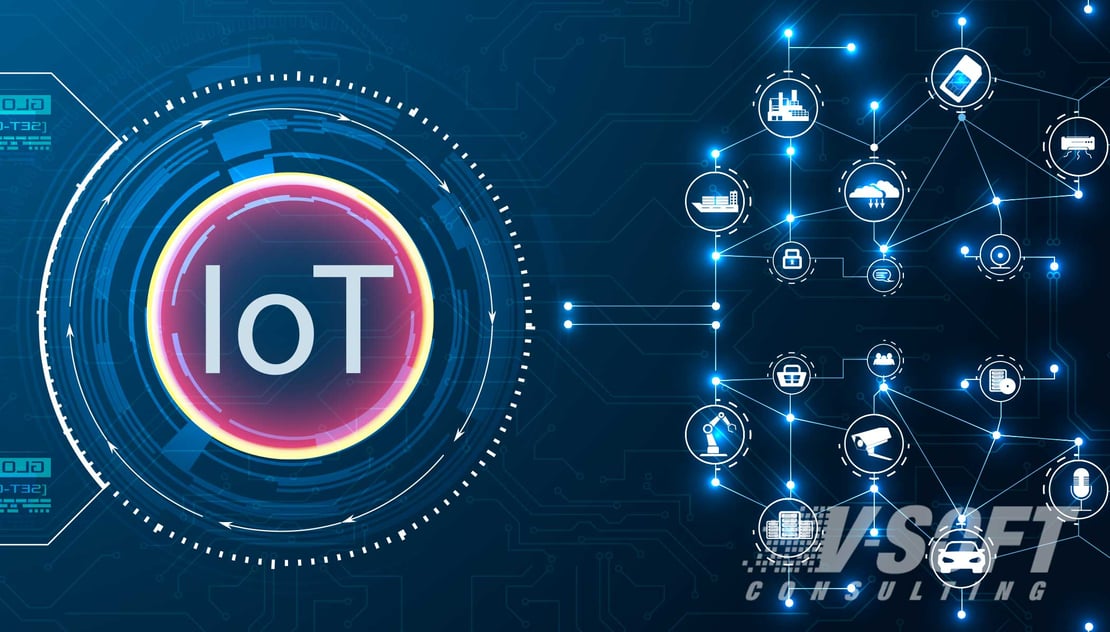IoT technology adoption is happening at a rapid pace. The McKinsey’s Global Institute predicts IoT will have an economic impact of between $4 trillion and $11 trillion by 2025 and Gartner predicts that “over half of major new business processes and systems will incorporate some element of the Internet of Things.”
The biggest challenge within the IoT industry is testing, as it involves testing different types of devices for operability and communication. Testing IoT applications is not the same as testing software applications. It's important to have robust IoT testing mechanisms in place to ensure safe and efficient IoT systems.
What is IoT Testing?
The IoT Testing Framework is used to test the functionality, security and data transfer capabilities of IoT devices.
Consider a digital healthcare tracking system, for example. Various healthcare devices continuously monitor health parameters of a patient like heart rate, fluid intake and oxygen levels and sends reports to nurses and doctors. AI algorithms analyze the real time and historical data and make suggestions to the staff. Based on this data, physicians can remotely program the devices to initiate actions like drug delivery and and fluid supplements.
Testing Approaches for IoT
- Usability Testing: Ensures user requirements are met in the application and device interface.
- Compatibility Testing: Also known as non-functional testing, this test verifies if the IoT application runs on different operating systems and hardware configurations with different specifications.
- Security Testing: One of the most important test to complete for IoT solutions. Testers should validate authentication for users, software is up to date, and data is secure properly across all relevant applications and devices.
- Performance Testing: Once the IoT devices are set up, check the performance with different users. When all the devices and applications are connected, the functionality must be seamless. Performance tests should be completed by applying the maximum load the application can handle at any one point.
- Scalability Testing: The process of validating IoT functionality with increased number of users is called scalability testing. The tester should make sure that however many devices an IoT network may have, the functionality should remain the same without any interruptions.
Challenges of IoT Testing
- Synchronizing Systems and Software
The diversity of software, devices and systems used in IoT are complex and finding defects or bugs in across the entire IoT solution is challenging. - Maintaining Network Connections
By gradually adding devices into the IoT network, the network connection and bandwidth needs to be monitored to maintain a continuous testing process. - Establishing Communication
Each device has a different communication protocol. Here, establishing a common protocol for devices to communicate without conflict is a serious challenge for developers. This also increases the complexity of tests. Pinpointing the communication or functionality breakdown across a newtowork is difficult. - Scheduling Routine Security Tests
Considering the sophistication of cyber attacks, performing routine security tests to look out for vulnerabilities is a large undertaking on its own.
Conclusion
IoT testing ensures seamless communication and improved user experience of IoT devices. Creating a plan for testing IoT applications is not as easy as other application testing mechanisms. To test IoT applications, a more agile approach is required.















